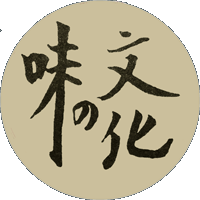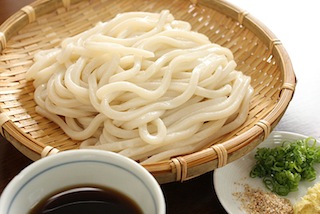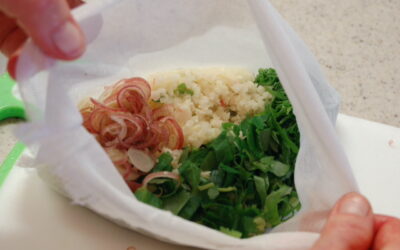
Kitchen Culture Cooking Club
EXPLORE and PRACTICE Japanese cooking in your own kitchenAbout Kitchen Culture Cooking Club
Welcome to the Kitchen Culture Cooking Club, a community space providing encouragement to those who want to EXPLORE and PRACTICE Japan’s washoku wisdom in their own kitchens.
To facilitate this, themed projects will be posted to this page periodically. Project Assignments and links to relevant reference material stored on this site will be posted to this page. Anyone, anywhere in the world, with a sincere interest in Japanese food culture is welcome to browse the contents of this page and then replicate the themed project in their own kitchen.
For those who wish to display-and-discuss their projects with like-minded people, I invite you to join the KITCHEN CULTURE Cooking Club Facebook Group (formerly the TSUDOI Project), an interactive community space.
PROJECT Eat to Beat the Heat

This PROJECT is about making foods that are refreshing and restorative when the weather is oppressively hot and humid.
Mouth-puckering UMÉBOSHI have long been touted as a way of ensuring food safety on hot days because of their anti-bacterial properties.
Members of the URI family (Cucurbitaceae or cucurbits) such as cucumbers (kyuuri) quench thirst and restore mineral balance (especially potassium and magnesium) depleted by sweating.
Thick, chewy UDON noodles provide the energy you need to function (your body turns noodle carbs into ready-for-action glucose).
To jump-start your kitchen project, here are some recipes for UMÉBOSHI, UDON and URI (cucumbers). Enjoy these dishes that help you beat-the-heat.
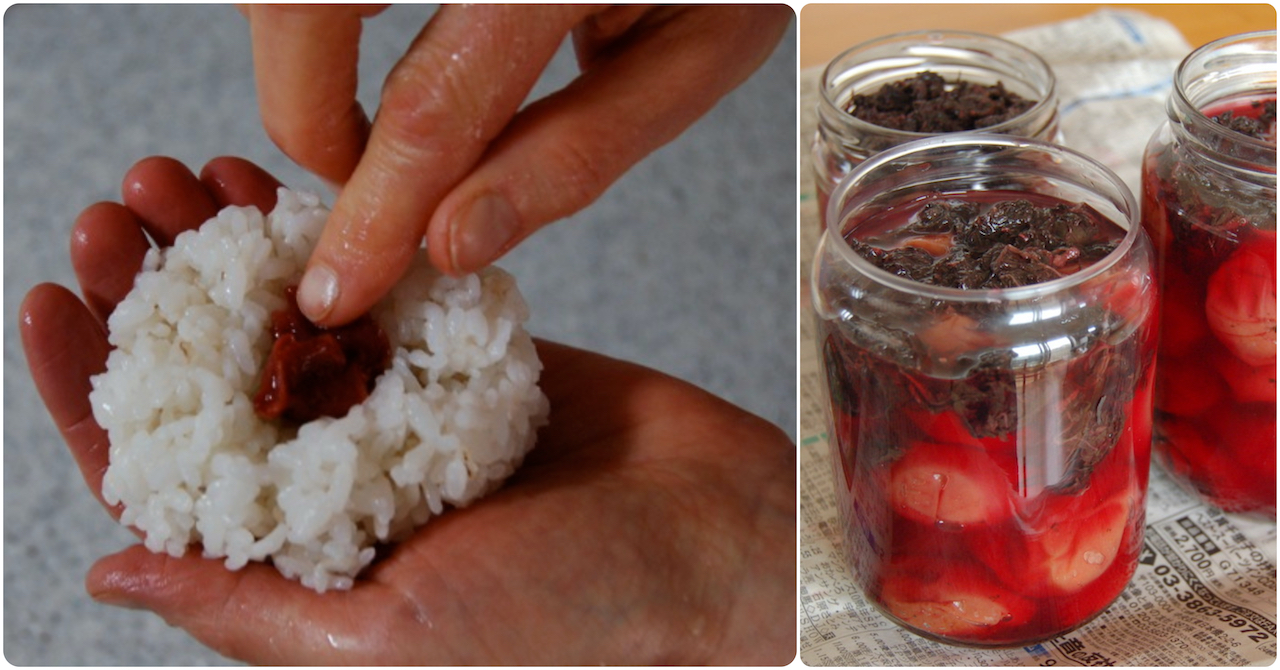
Uméboshi
梅干し Uméboshi
Here is a GUIDE to making your own mouth-puckering pickled plums… and follow these instructions to make your own plum-filled omusubi.
UDON noodles
Serve your noodles DIPPING-STYLE (tsuké-jiru) with condiments. Make a classic dipping sauce with umami essence (a vegan version is available, too) and adjust intensity of flavor with stock (either Standard Sea Stock or Kelp-Alone Stock).
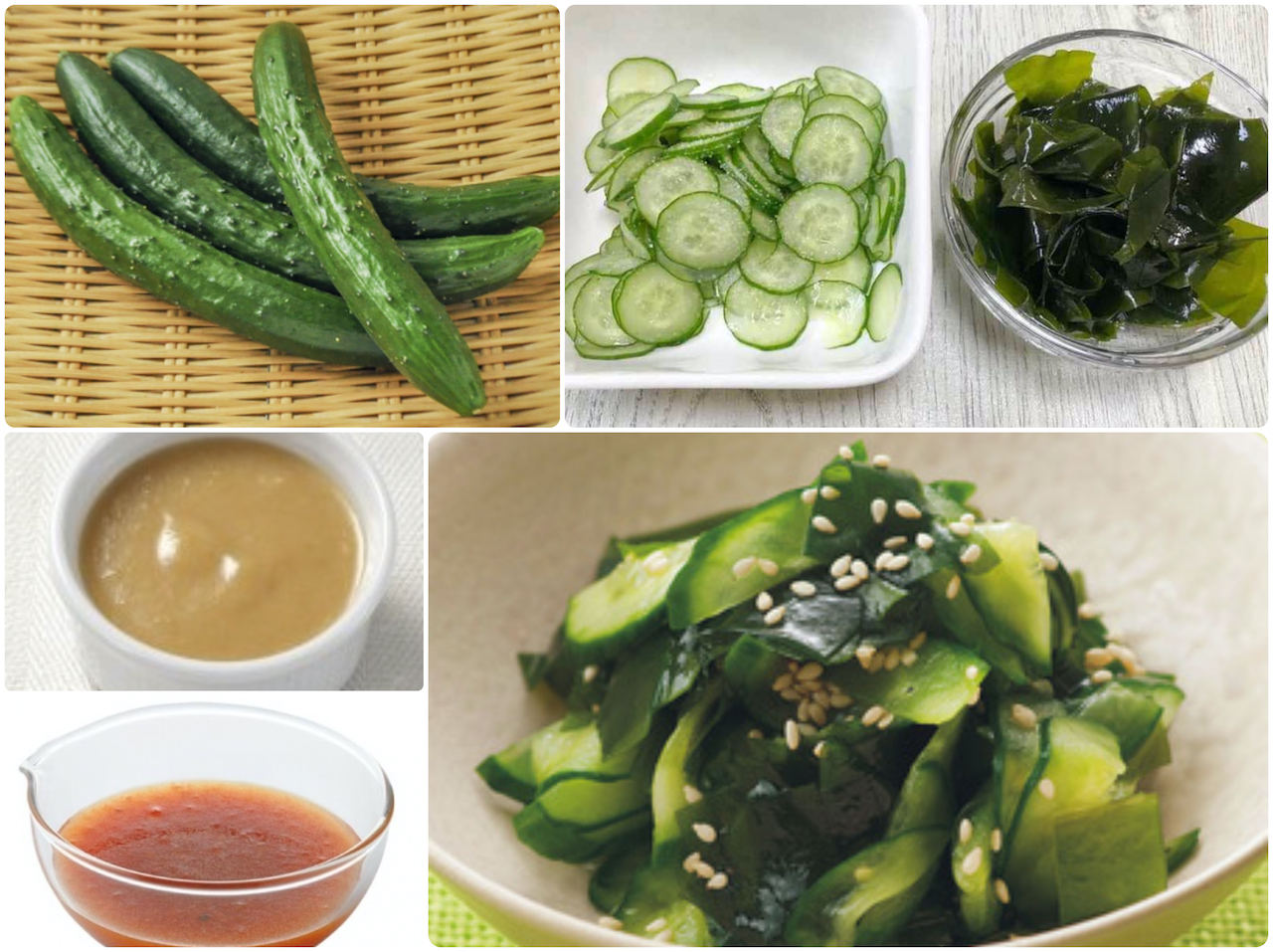
Cucumbers
胡瓜 (きゅうり)kyuuri
Cucumbers quench thirst and help restore mineral balance (especially potassium and magnesium) depleted by sweating.
Enjoy this Smashed Cucumber dish… or make a cucumber and wakamé salad dressed with a tart miso mustard sauce… or drizzed with plum dressing.
To learn more about eating to beat-the-heat
visit my Kitchen Culture blog and read my August, 2024 newsletter.
Recipes and Resources
Stock (Dashi)
Dashi stock is essential to making soups and simmered or stewed dishes. Dashi is also used when making many egg dishes and all sorts of sauces, dips and dressings. Using good dashi will make a noticeable difference in the outcome of so many dishes you prepare.
Click to download recipes for (vegan) Kelp Alone Stock or Standard Sea Stock + Smoky Sea Stock
How to Cook Rice
In Japanese, the word for cooked rice, ご飯 GOHAN, is the same as the word for a meal, ご飯 GOHAN. Indeed rice is central to the meal. Download the Rice with Mixed Grains recipe.
How to Prepare Sushi Rice
Sushi dishes are made with rice that has been seasoned (with sweetened vinegar) AFTER being cooked. Download the Classic Sushi Rice recipe.
Quick Pickles
The Japanese enjoy a wide variety of tsukémono pickles, many can be assembled quickly and are ready to eat within a short time.
Download a recipe for Quick-Fix Hakusai Cabbage.
PROJECT Kampyo
干瓢・かんぴょう・KAMPYŌ This Kitchen PROJECT is about using KAMPYŌ, sun-dried fukubé gourd ribbons in YOUR kitchen. Be sure to source UNBLEACHED (無漂白 mu hyō haku) gourd ribbons so that you can use the softening liquid as a tasty stock. Gourd ribbons are used to tie up any...
PROJECT Yakumi
This Kitchen PROJECT is about making YAKUMI, fresh herb and spice mixtures, in YOUR kitchen.Use yakumi to top dishes such as chilled tōfu, fresh tomatoes or stewed eggplant. Cold noodles served with yakumi to be added to soy-based dips are a Japanese summertime...
Yakumi condiments
薬味YAKUMI A Lively Mixture of Aromatic Herbs Food cultures around the world employ various aromatic herbs and spices to stimulate the appetite, maximize flavor and promote healthful eating. Japan has a long history of using yakumi, condiments, to provide benefit to the...
PROJECT Cutting and Slicing
PROJECT Cutting & Slicing This Kitchen PROJECT is about cutting & slicing ingredients to maximize flavor, texture and appearance while minimizing waste. Specific examples below focus on gobō cut three different ways: SASAGAKI 笹掻きSENGIRI 千切りRANGIRI 乱切り These...
